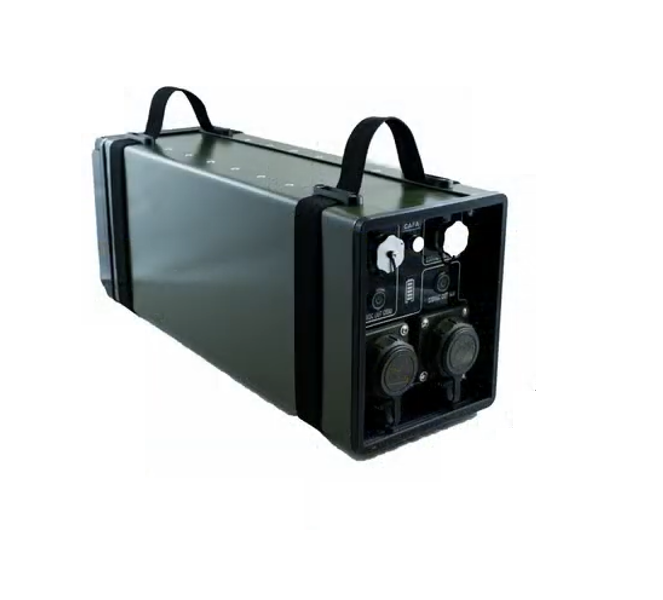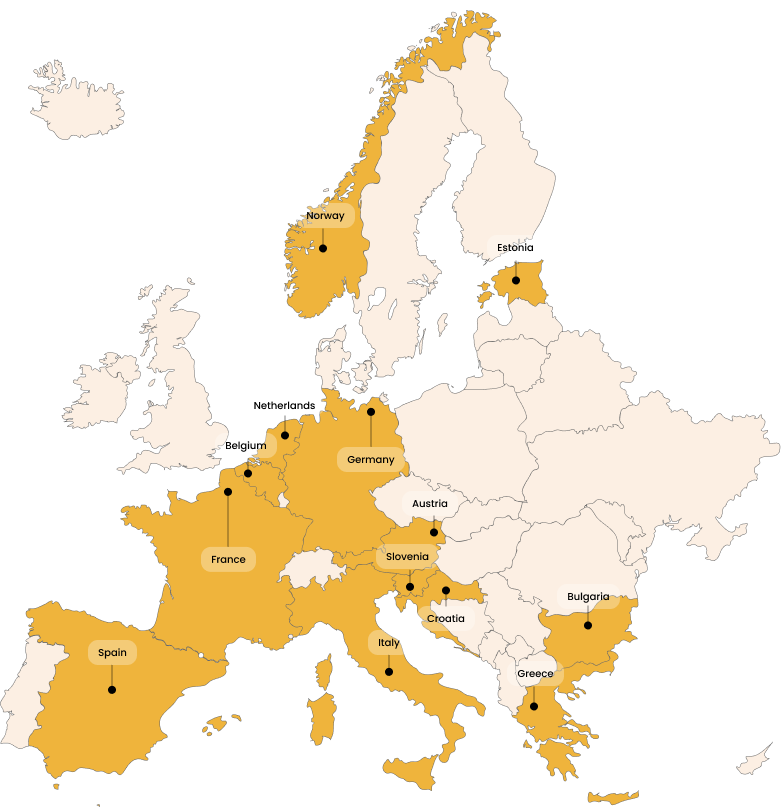High Voltage DC power and DATA for UAV-s
HV DC power and data for ISR UAVs, Communication relays and airborne EW jammers at up to 120m altitude
Use Cases - a Tethered UAV platform for:
Tethered surveillance UAV systems
Tethered communications relay / repeater
Tethered airborne EW jammer
Technical specifications
Ground Module input options: 230 V Battery (Ecoflow, Allpowers, etc.), 230 V generator
High Voltage DC power cable with 1.2 kW electricity transfer to 120 m altitude
Integrated fiber optic data cable for secure, covert communication: 1 Gbps
Cable yield strength: 50 kg
Cable weight: 120 m ~ 1 kg
Air Module: 800 g for 7″-15″ drones with 6S batteries
Advantages of A HV DC tether for UAV Systems:
- Extended flight time for continuous operations
- Reliable data transmission in contested electromagnetic environments
- Lightweight design for rapid tactical deployment with any drone
- Reduced operational footprint compared to traditional power systems
- Can be UGV mounted
Contact Us:
CAFA Tactical Battery TB2.1
CAFA Tactical Battery TB2.1 is a rugged, modular, and high-capacity outdoor battery system designed for reliable power supply in demanding tactical and field environments.
Technical specification:
Capacity: 2100 Wh
Output: 2x 220 VAC (combined 4,5 A), 1x 24 VDC (20 A)
Input: 230 VAC (4,5 A) + optional 24 VDC (25 A)
Dimensions: 200 x 245 x 600 mm (W x H x L)
Weight: 27 kg
Battery chemistry: LiFePO4 (LFP)
Working temperature range: -20…45 °C
- Integrated inverter, charger and power supply
- Modular design for easy maintenance and servicing
- Built-in battery heating for charging sub-zero temperatures
- Optimized dimensions for compatibility with Euro pallets
- IP65 rated enclosure and connectors

CAFA Tactical Battery TB2.1 is a robust and versatile power solution specifically designed to meet the demanding requirements of outdoor and tactical environments. With a substantial capacity of 2100 Wh, it provides reliable, sustained energy supply for various applications, including remote operations, field missions, emergency response, and outdoor events.
Featuring dual 220 VAC outputs with a combined load of 4.5 A and a powerful 24 VDC output rated at 20 A, the TB2.1 supports diverse equipment such as communication systems, laptops, drones, and other tactical electronics. Its integrated inverter, charger, and power supply eliminate the need for external accessories, simplifying logistics and field deployment.
The battery system accepts input charging from standard 230 VAC (4.5 A) sources, with an optional 24 VDC (25 A) input for flexible recharging options in various field conditions. A built-in battery heating function ensures optimal performance and safe charging even at sub-zero temperatures, maintaining operational readiness from -20 °C to 45 °C.
Constructed with LiFePO4 (LFP) battery chemistry, the TB2.1 offers enhanced safety, long life cycles, and stable performance. Its modular design facilitates straightforward maintenance, servicing, and potential upgrades, significantly reducing downtime and service complexity.
Compact dimensions (200 x 245 x 600 mm) and optimized form factor allow efficient transportation, storage, and compatibility with standard Euro pallets. With a rugged IP65-rated enclosure and connectors, the TB2.1 is reliably protected against water, dust, and harsh environmental conditions, making it ideal for extended outdoor use and demanding tactical applications.
FUTURE ENERGY INDEPENDENT AND EFFICIENT DEPLOYABLE MILITARY CAMPS:
One of the first strategic projects
tackling green energy in the defence and security sector
STRATEGIC ROADMAP TOWARDS 2030-2050

CAFA TECH ROLE:
CAFA Tech contribution: Geo-HEC Station technology.CAFA leads also the Training and Documentation in the INDY project. We develop specialized training programs for stakeholders, focusing on military transfer assessments and bolstering the Critical Components Testing phase.


